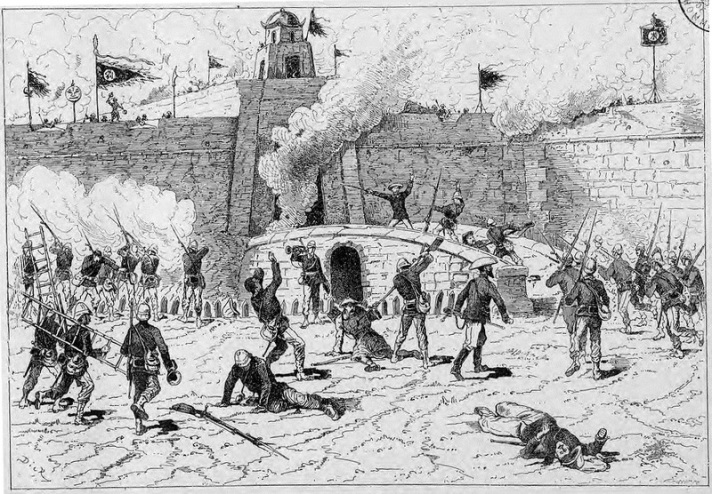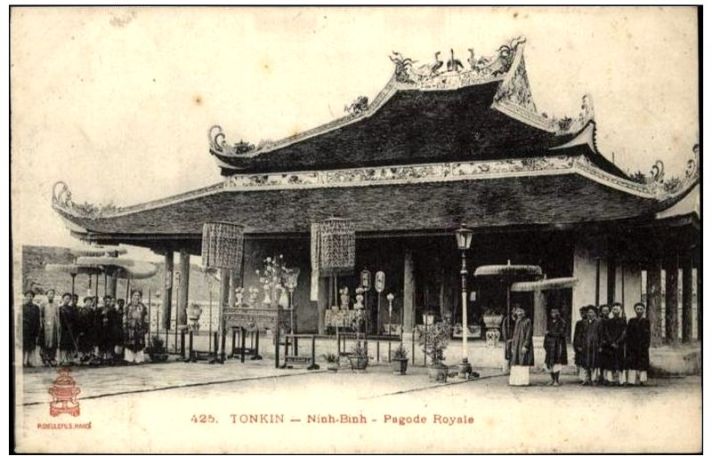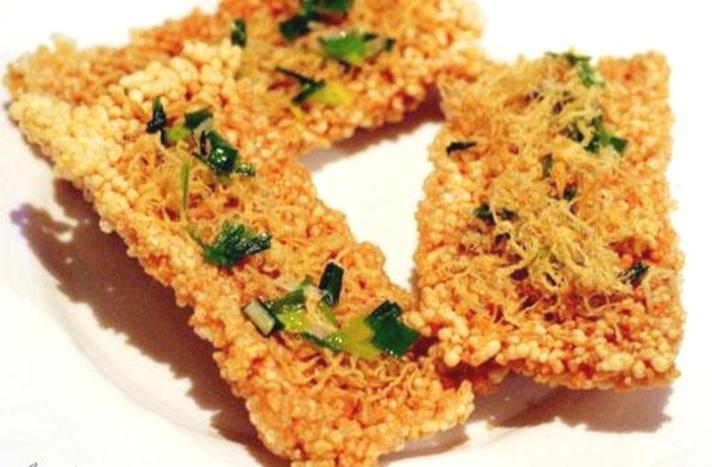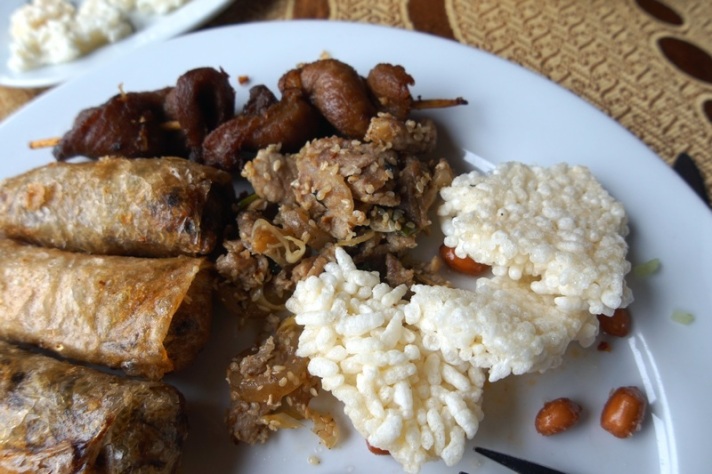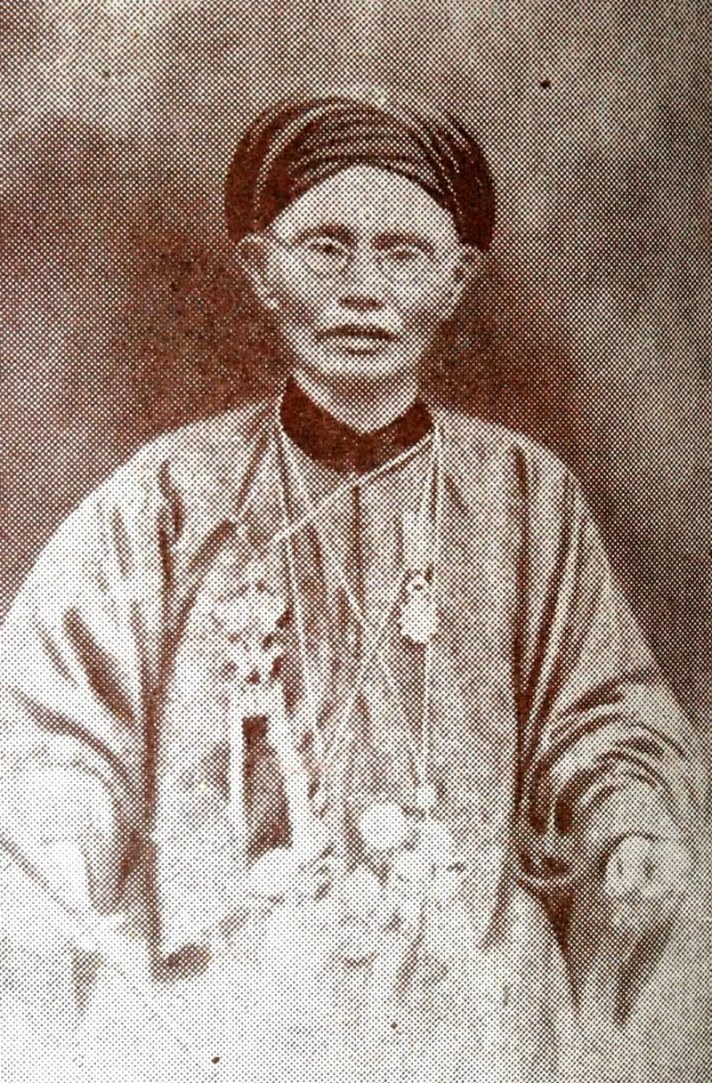Ninh Bình is a city in the Red River Delta of northern Vietnam; it is the capital of Ninh Bình Province. Ninh Binh is about 95km from Hanoi, or 2.5 hour South by car. The province is surrounded by Hoa Binh and Ha Nam to the North; Nam Dinh to the East and Thanh Hoa to the West and South. Here, the terrain is diverse with mountainous areas in the West and Northwest; and coastal parts in the East and South.
The average temperature is 23.4 Celsius degree and its high humidity, between 80-85%, is typical for tropical monsoon climate. The best time to visit Binh Ninh falls between November to April of the following year when it is in the dry season. The Reunification Express Train from Hanoi to Ho Chi Minh City stops at Ninh Binh Town while motorbikes or cars may easily approach there through Phap Van – Cau Gie Highway for 90km.
During the period of undeclared hostilities in Tonkin that preceded the outbreak of the Sino-French War in August 1884, the allegiance of Ninh Bình was of considerable importance to the French, as artillery mounted in its lofty citadel controlled river traffic to the Gulf of Tonkin.
Although the Vietnamese authorities in Ninh Bình made no attempt to hinder the passage of an expedition launched by Henri Rivière in March 1883 to capture Nam Dinh, they were known to be hostile towards the French. In November 1883, on the eve of the Sơn Tây Campaign, the French occupied the citadel of Ninh Bình without resistance and installed a garrison.
Ninh Binh – la baie d’Halong terrestre figure dans la liste de 4 destinations les préférées du Nord du Vietnam, avec Hanoi, Sapa et la baie d’Halong maritime. Un voyage à Ninh Binh est vivement conseillé, malgré que vous ayez déjà visité la baie d’Halong maritime ou non, les paysages et l’atmosphère de Ninh Binh sont différents et elle vaut vraiment la peine d’une visite. Elle était la capitale du pays Dai Co Viet (nom du Vietnam sous la Dynastie des Dinh, Xème siècle). Il y a assez de voyageurs ne peuvent pas distinguer entre Tam Coc et Ninh Binh, je précise que Ninh Binh est le nom d’une province à 90km au sud de Hanoi, où abrite Tam Coc – un site touristique qui signifie “trois cavernes” à 8km du centre-ville de Ninh Binh.
Ninh Binh’s specialties
Mentioning about Ninh Binh people would immediately think Among those specialties, Ninh Binh’s goat meat is the most famous and unique one that gourmets may find no other place offering more delicious dishes made from goat in this country. The reason is all goats are fed naturally on limestone Mountains that make their meat more firm than goats in other regions. Those dishes are at their best taste when eating with the local fresh leafs like đing lăng leaf, mơ leaf or sung leaf as additional ingredients.
Tam Coc. One of Vietnam’s most spectacular sights
Bich Dong Pagoda 3 km after the Tam Coc Pier
Trang An Scenic Landscape Complex, which is located here, is a UNESCO World Heritage Site, registered as a natural and cultural assets. It consists of a spectacular limestone karst landscape, with the historical city of Hoa Lu and with the rice fields.
Hang Mua Peak. is one of the most spectacular sites to visit around Tam Coc (5 km from the „pier“).
Cuc Phuong National Park(45km from Ninh Binh) is Vietnam’s largest national park and one of the most important sites for biodiversity in the country. It is homes to hundreds of species of flora and fauna. The park can be visited from Hanoi as a day trip or visitors can stay at the park’s lodging for a longer stay. The best time of the year to visit the park is during the dry season, from November to February.
Hoa Lu Ancient Capital. Ancient capital of Vietnam until 1010, this royal city is 15 km from Ninh Binh and Tam Coc
Phat Diem Cathedral. 34 km from Ninh Binh, in the middle of the canals and the rice fields of the delta, the small commune of Phat Diem was during the French period the „Vatican of North Vietnam“, it’s St Peter being a huge cathedral built between 1874 and 1898. Mixing Eastern and Western architectural styles, it is quite spectacular, especially because of its size (75m x 27m x 15m height)and its interior with its huge iron wood columns. On each side have been built 2 small gothic chapels.
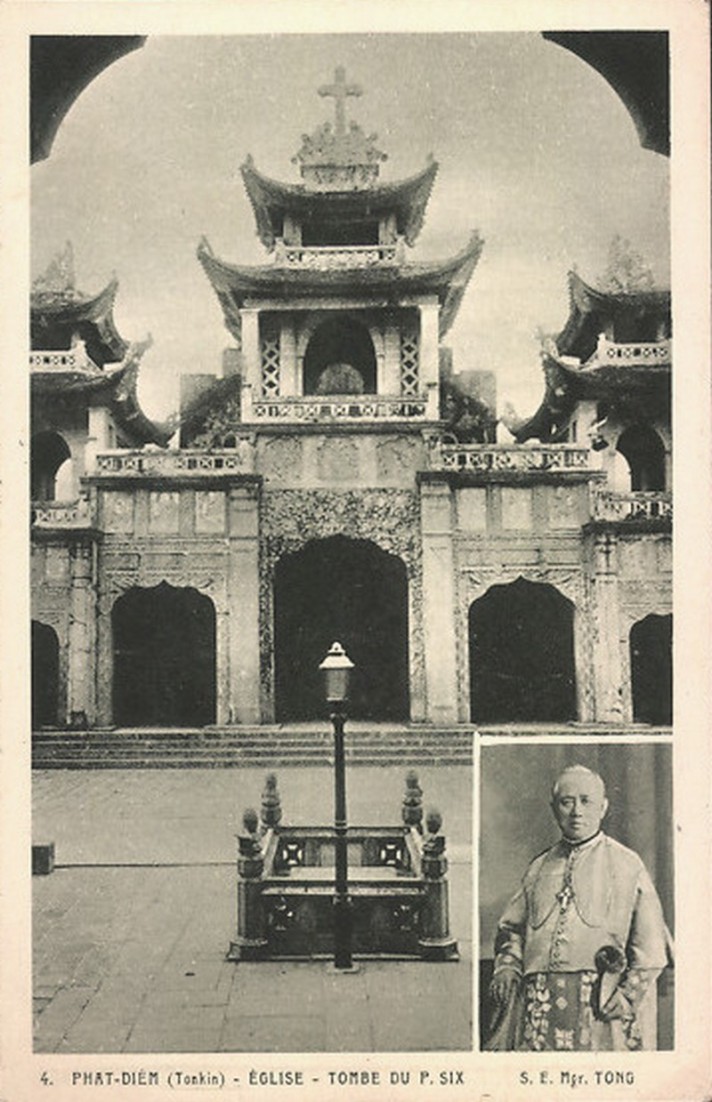
Cette cathédrale fut construite entre 1875 et 1899 par le Père Tran Luc (le Père „Six“) qui puisa dans le répertoire de l’architecture des pagodes et des dinh (maison communale) tonkinois.
Au delà du symbole chrétien, c’est un exemple magistral de l’architecture vietnamienne de l’époque de Hué. Demeuré intact, cet imposant ouvrage peut se révéler plus impressionnant que les vestiges de la capitale de l’Annam, rescapée de l’offensive du Têt.

